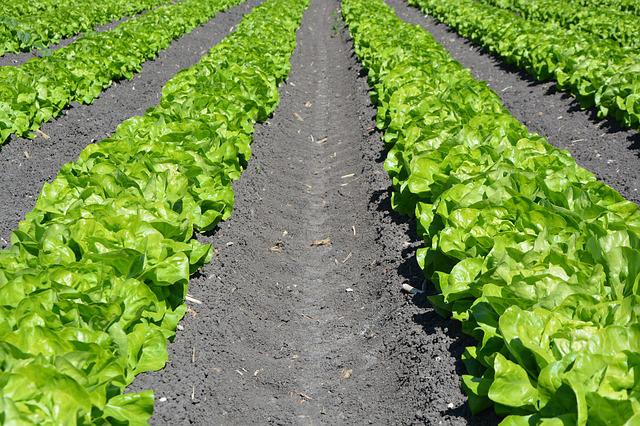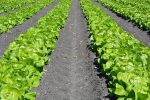A new study is taking a different look at irrigation water. Rather than investigating the water as a potential source of contamination, Channah Rock, Ph.D., with the University of Arizona, is examining irrigation water’s role in reducing potential pathogens. The data collected will be used to create a quantitative microbial risk assessment (QMRA) to gauge potential pathogens risks from treated water applied preharvest. “We’re really trying to capture new data that hasn’t been shared,” said Rock.
For the CPS-funded study, “Microbiological risk assessment using QMRA in preharvest agriculture water treatment systems for leafy greens,” Rock is working with co-investigators Charles Gerba, Ph.D., and Kerry Cooper, Ph.D., both with the University of Arizona, and Kerry Hamilton, Ph.D., with Arizona State University.
The researchers are using a non-pathogenic strain of E. coli as a surrogate, and inoculating plant tissue and soil with known microbial populations. After applying irrigation water treated with common sanitizers, such as peroxyacetic acid (PAA) or calcium hypochlorite, they sample plants and soil periodically to determine pathogen die-off over time. The work is being conducted in commercial-scale university fields of spinach and Romaine lettuce.
Based on preliminary data, Rock said they found irrigation water treatment does offer a potential spill-over benefit. “What we’re seeing is water treatment does, in fact, reduce bacteria on plant tissue, leaf surfaces and the soil,” she said. “But it seems to be very dependent on how that contamination entered the field.”
Because irrigation water sanitizer concentrations may not be consistent, the researchers also wanted to measure treatment variability or “breakthrough” in commercial produce fields. To achieve this, they combined traditional water grab-sampling techniques with real-time in-line sanitizer monitoring.
Based on this work, the researchers found that most of the breakthroughs occurred during irrigation sanitizer start-up and stabilization. They plan to conduct additional sampling to determine the full range of variability. In addition, they want to document critical time periods and durations of variability that may result in loss of efficacy due to reduced sanitizer residuals.







